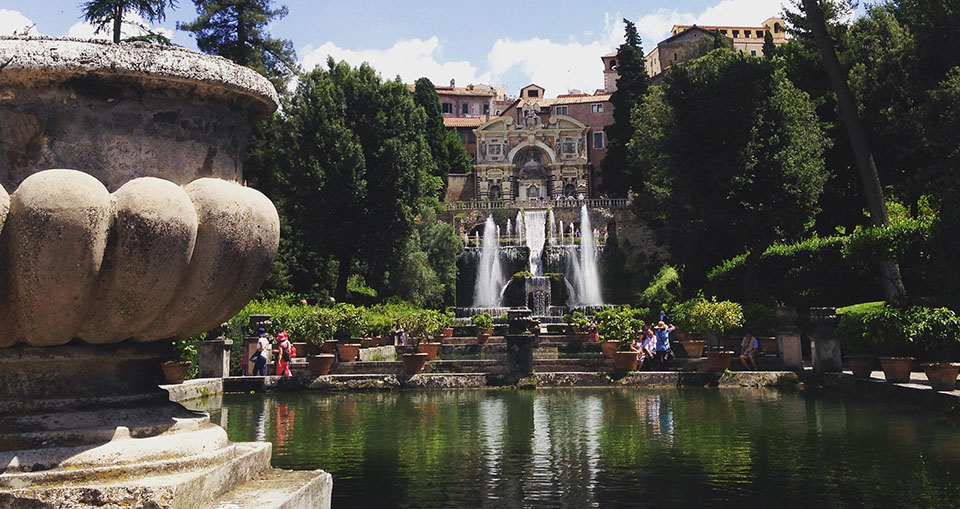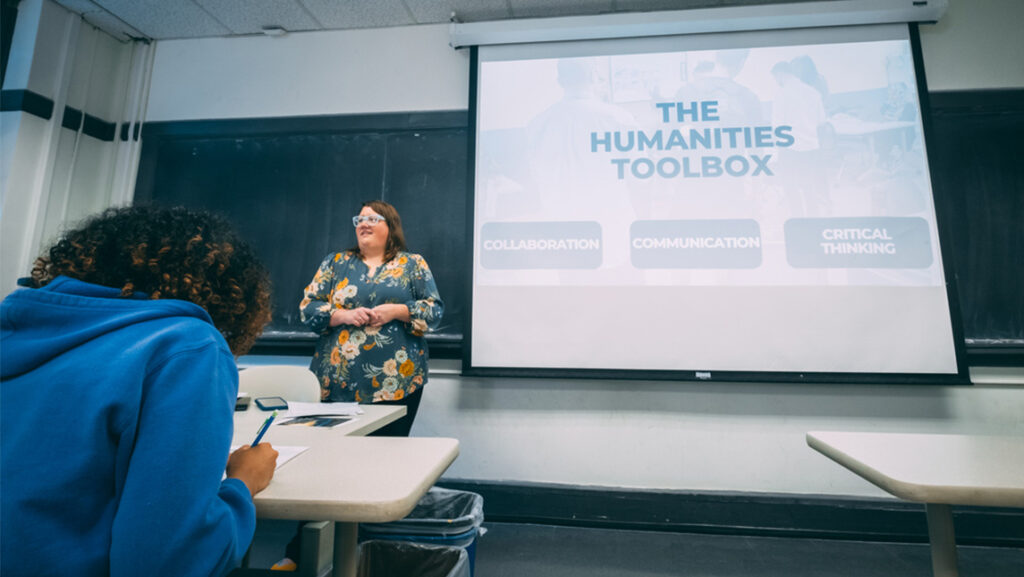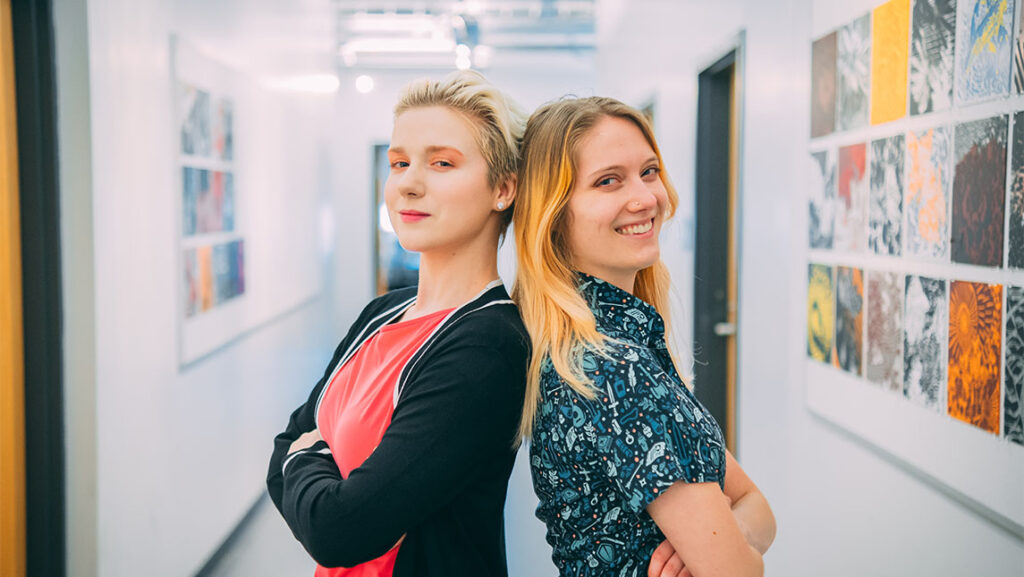
Antonela Frasheri is a senior music performance major in the College of Visual and Performing Arts. She’s exploring connections between music and nature, with support from the UNCG Undergraduate Research, Scholarship, and Creativity Office.
Humans have long been captivated by the forces of nature, our fascination reflected in a vast of body of art, from paintings to sculpture to literature. Undergraduate Antonela Frasheri is interested in how composers bring music and nature together. She’s currently writing a research paper on the topic, under the guidance of Dr. Aaron Allen, and hopes to publish the work in a musicology journal.
Originally, Frasheri planned to examine how Pacini’s opera “L’ultimo giorno di Pompeii” reflected the horrors of the eruption of Vesuvius. However, after travelling with UNCG’s Grand Tour – a seminar that takes students through famous cities in Italy, she was inspired by the Villa d’Este and the works of Franz Liszt.
Romantic era pianist Liszt lived and taught for some time in Tivoli, Italy, at the Villa d’Este. The villa, built in the 16th century and now a UNESCO world heritage site, is renowned for its gardens and fountains. The beautiful landscapes and scenery around the Villa d’Este inspired many of Liszt’s piano compositions, explains Frasheri. “The Fountains of the Villa d’Este,” which imitates the sound of water falling, is just one of many examples of the artist weaving nature into his music, she says.
Liszt’s works are not the only intersection of nature and music at the Villa d’Este. Frasheri’s work also examines the water organ at the villa. Water pressure from a fountain below the instrument pushes air into the organ pipes, allowing nature itself to play.
The water organ, Frasheri notes, inspired Liszt to compose his own ode to the fountains. She sees the instrument as a metaphor for 18th century Romanticism, which, among other things, glorified nature.

Through the Research Perspectives blog, students, staff, and faculty share their successes in research, creative activity, and community and economic engagement with each other and the world at large. Interested in contributing? Click here.
 S. Grace Hutko is a media and communication intern with the Office of Research and Economic Development. Grace is a junior at UNCG majoring in biology with minors in classical studies and Spanish. Grace, who hopes to go on to graduate school in public health, took this position because she enjoys learning more about the exciting research going on at UNCG.
S. Grace Hutko is a media and communication intern with the Office of Research and Economic Development. Grace is a junior at UNCG majoring in biology with minors in classical studies and Spanish. Grace, who hopes to go on to graduate school in public health, took this position because she enjoys learning more about the exciting research going on at UNCG.



